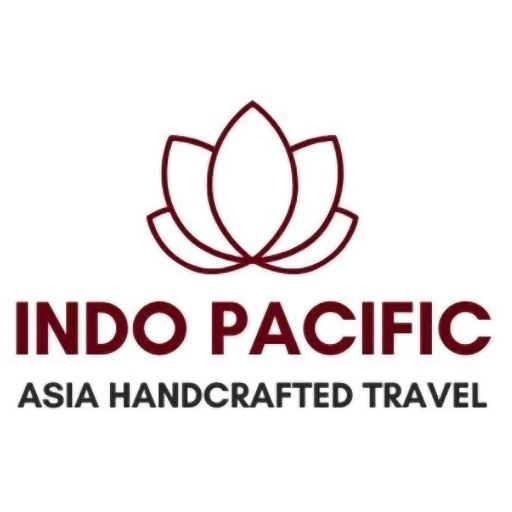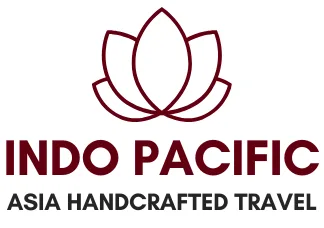Best Time to Visit Vietnam: Regional Weather Guide & Travel Tips
Vietnam is a dream destination for many travelers, but knowing when to visit Vietnam is key to enjoying the best of what the country has to offer. Due to its unique geography, the weather varies greatly across regions, so planning ahead can make or break your trip. Whether you’re heading north to the misty mountains, south to tropical beaches, or exploring ancient towns in central Vietnam, this guide will help you choose the best time to visit Vietnam.
This guide breaks down Vietnam weather by region, highlights the most ideal months to visit, and helps you plan around festivals and monsoon seasons. Whether you’re dreaming of a beach holiday in Da Nang, a cultural tour through Hanoi, or an island escape to Phu Quoc, we’ve got you covered.

☀️ When Should You Visit Vietnam?
If you’re looking to explore the country from north to south, the period from October to April is the most favorable. This is often considered the best time to visit Vietnam as the weather is dry, skies are clear, and the temperature is comfortable in most regions. You’ll have the chance to visit Vietnam during key festivals like Tết or the Mid-Autumn Festival, giving you cultural experiences that go beyond typical tourism.
No matter the season, to visit Vietnam is to experience a world of contrasts — from street food in Saigon to peaceful countryside in Ninh Binh, and from lantern-lit nights in Hoi An to the emerald waters of Ha Long Bay. Plan smartly, pack right, and let your journey begin.
🌤 North Vietnam (Hanoi, Ha Long Bay, Sapa)
Best time to visit: October to April
North Vietnam has four distinct seasons. The dry season from October to April is ideal for travel, especially if you want to explore cultural cities, cruise through karst landscapes, or trek through the hills.
-
Hanoi offers pleasant weather and vibrant street life in autumn (October–November) and spring (March–April).
-
Ha Long Bay is most beautiful under blue skies and calm waters — perfect for overnight cruises.
-
Sapa and the northern highlands are best in March–May and September–November when rice terraces are lush and trails are dry.
⚠️ Note: December to February can be quite chilly in the north, especially in Sapa, where temperatures can drop below 10°C (50°F).
☀️ Central Vietnam (Hue, Da Nang, Hoi An)
Best time to visit: February to August
Central Vietnam enjoys a longer dry season compared to the north. From February to August, you can expect warm temperatures and lots of sunshine, especially in beach destinations like Da Nang or Hoi An.
-
Da Nang boasts some of the best beaches in Vietnam — July and August are peak beach months.
-
Hoi An is perfect in spring and summer when the streets are lit up with lanterns and the weather is great for walking and cycling.
-
Hue can be hot in summer but is manageable if you start sightseeing early in the day.
🚫 Avoid: September to November, when heavy rain and typhoons can disrupt travel plans.
🌞 South Vietnam (Ho Chi Minh City, Mekong Delta, Phu Quoc)
Best time to visit: December to April
South Vietnam has a tropical climate with just two main seasons: dry (December–April) and wet (May–October). The dry season is perfect for exploring bustling cities, floating markets, and pristine beaches.
-
Ho Chi Minh City is most comfortable from December to March — ideal for sightseeing and nightlife.
-
The Mekong Delta is best visited during the dry months when river levels are stable and transportation is easy.
-
Phu Quoc Island is at its most beautiful from December to April, with turquoise water and plenty of sun for beach lovers and divers.
🌧 During the rainy season, expect short, heavy showers in the afternoon, but rarely full days of rain.
🎉 Vietnam’s Festivals: Add Culture to Your Trip
Time your visit with local festivals for a deeper cultural experience:
-
Tết (Vietnamese Lunar New Year) – Late January or February: It’s Vietnam’s biggest celebration. Streets are lively, but many shops and services close for several days.
-
Mid-Autumn Festival – September: Enjoy colorful lanterns, lion dances, and mooncakes, especially in Hoi An and Hanoi.
🗓 When Is the Overall Best Time to Visit Vietnam?
-
For North and Central Vietnam: March and April are great for pleasant temperatures and minimal rain.
-
For beach vacations in Central Vietnam: July and August are sunny and warm.
-
For full-country trips: October to April offers the most stable weather across all regions.
🌍 Final Tips for Traveling to Vietnam
-
Always check Vietnam weather by region when building your itinerary.
-
Pack layers if visiting the north during winter.
-
Travel in shoulder seasons (March, April, October) for fewer crowds and good weather.
-
Don’t let the rainy season scare you — it’s still possible to travel with flexible plans.
In conclusion, the best time to visit Vietnam depends on your destination and travel goals. Whether you want to trek in Sapa, swim in Da Nang, or relax on Phu Quoc’s beaches, Vietnam has something magical to offer in every season.


